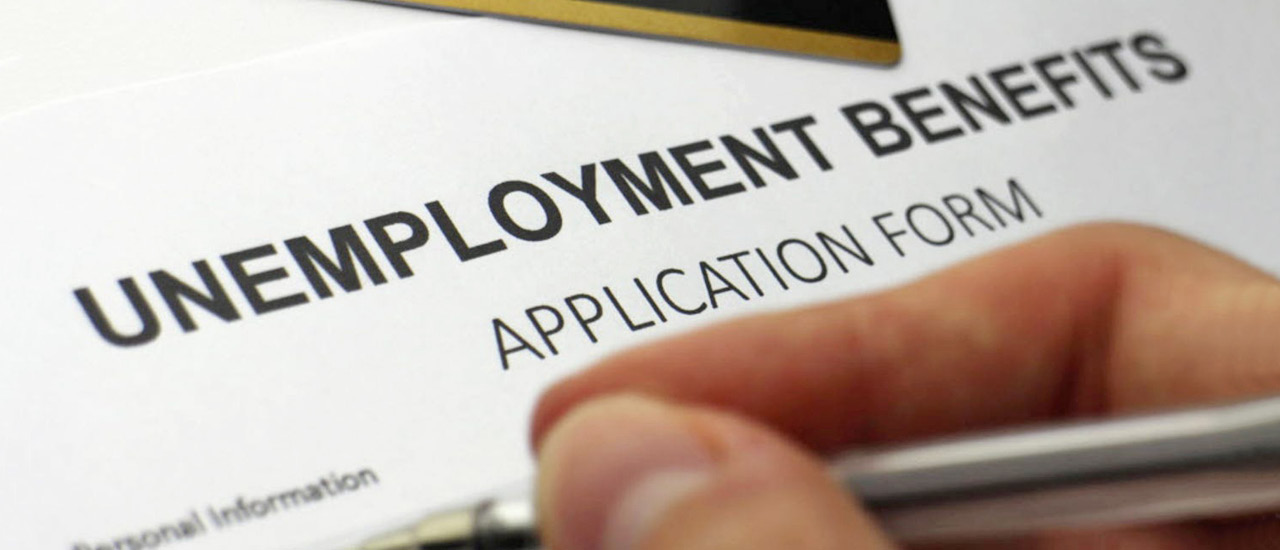Federal Unemployment Benefits Expire for 20,000 in January

Over 20,000 Connecticut residents will lose federal unemployment benefits Jan. 8, accounting for almost half the 45,000 people currently collecting jobless benefits in the state.
The U.S. Department of Labor provides an extra 13 weeks of federal benefits in states with unemployment rates averaging more than 6.5% over three months.
Connecticut’s jobless rate fell four-tenths of a point to 6% in November, triggering the expiration of federal benefits in the second week of January.
The state’s unemployment rate remains the highest of the New England states and almost two points above the national rate of 4.2%.
New Hampshire’s 2.7% unemployment is the region’s lowest, followed by Vermont (2.8%), Maine (4.9%), Rhode Island (5.1%), Massachusetts (5.3%), and Connecticut.
First-time unemployment claims fell 6.7% to 3,266 per week in Connecticut, down 236 from October, and in line with the pre-pandemic rate of 3,243 claims a week.
Jobs Recovery
Connecticut has recovered 75% of the 292,400 jobs lost to COVID-related shutdowns and restrictions in March and April of last year.
CBIA’s Eric Gjede said there were an estimated 70,000 unfilled job openings in the state, despite the fact that 72,000 fewer people are employed today than in February 2020.
“The expiration of federal benefits marks another milestone in Connecticut’s gradual return to normalcy,” Gjede said.
“Employers are looking for workers to fill tens of thousands of jobs, and hopefully the expiration of these benefits will encourage more people to return to the workforce.”
Connecticut’s year-to-date job growth rate is 3.4%, tied with Vermont and the second slowest in the region after Maine. U.S. job growth through November is 4.3%.
Shrinking Labor Force
The state’s labor force—the number of employed people plus the unemployed who are looking for work—has declined by 98,800 people (5%) since February 2020.
CBIA’s 2021 Survey of Connecticut Businesses, released in September in collaboration with Marcum LLP, found that 80% of employers reported difficulty finding and retaining employees.
Over one-third of employers (35%) called the labor shortage the state’s greatest obstacle to growth.
Gjede said the state’s high unemployment rate, declining labor force, and relatively slow jobs recovery reflected structural issues that impacted Connecticut’s job and economic growth even before the pandemic.
“It’s critical that policymakers continue to work with the business community to address those issues,” he said.
“CBIA will again push for comprehensive solutions to those challenges now and during the upcoming legislative session.”
RELATED
EXPLORE BY CATEGORY
Stay Connected with CBIA News Digests
The latest news and information delivered directly to your inbox.


